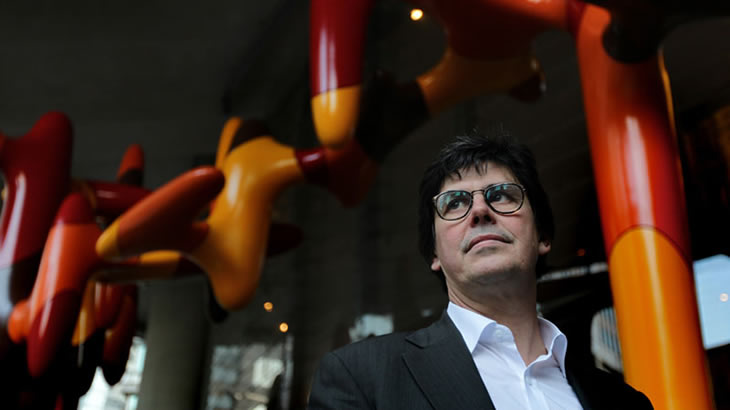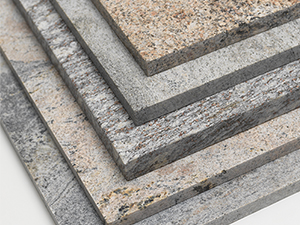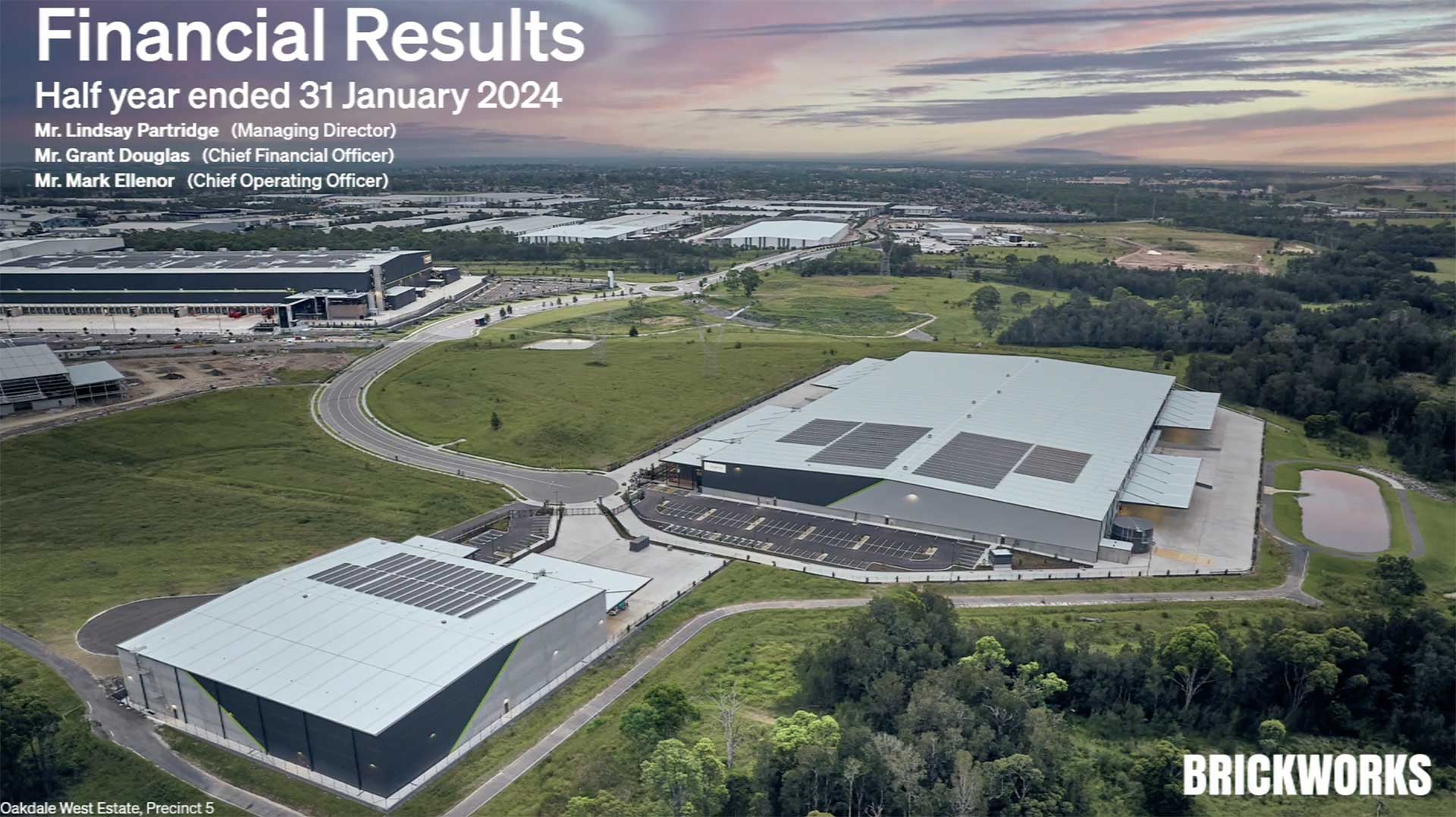We use cookies in order to offer the most relevant information and deliver the best experience.
Please accept cookies for optimal performance.
Click here for more information.

“When you took over as NSW Government Architect in 2012 you inherited a large office of architects working on projects across the state. You now have a small team, working more as strategic advisors than practicing designers.
Can you explain the logic that drove this refocusing of the office?”
Over the 200 years that the role of Government Architect has existed in NSW the position has needed to adapt to a variety of influences and changes in circumstance. My decision to take the role from a conventional, if highly regarded, architecture office, to a strategic entity, was based on the needs of the time and the responsibility to better serve the community.
The profession and industry is changing, and government now no longer needs to replicate the role of the private sector. However, just as the first NSW government architect Francis Greenway did back in the Nineteenth Century, there is still a need to clearly articulate the wishes of the government, and to ensure industry meets them. That remains an essential role for the Government Architect. It requires us to set policies aimed at improving our built environment. We are also developing guides, processes and protocols, while also acting in an advocacy and engagement role. It’s our role to promote the power of design and design methods.
While the Government Architect (GA NSW) has been busily working on many things over the last five years, undoubtedly the recent launch of the Better Placed policy document represents a particularly important focus for the office. In a nutshell, what’s the big idea?
In a nut shell, Better Placed captures our expectations and aspirations for the places where we work live and play. It spells out the means and methods to understand the value in our built environment and public domain and how to improve and amplify it. It places design in the center of how we dream, understand, and develop our future. It positions design as an inclusive process, to capture and articulate the collective imagination.
In a more technical sense, it also supports the newly amended Environment Protection & Assessment Act, which for the first time includes design as an object of the Act. Its aim is to provide a common language to use, when we speak about the qualities of design. A language equally available to government agencies, the profession and communities.
Our cities face many challenges today, and Sydney is no different – climate change, population growth, economic instability and affordability to name a few. What would you put at the top of your list of challenges facing the city you live in?
I would suggest that equality of opportunity and equal access to services, infrastructure, housing, culture and community is the biggest challenge for Sydney. We aim to create an equitable, fair and enjoyable city that gives primacy to communities and people. Our built environment represents our culture and our culture should celebrate humanity and the environment we inhabit; we should aim for a resilient and cohesive community and a sustainable city.
Sydney continues to grow and expand, with major projects being announced seemingly every month. Which project, or series of projects, do you think will be most transformative for Greater Sydney?
Without a doubt the start of a metro network will transform Sydney into a more equitable place. Furthermore, the projected population growth, particularly in Western Sydney coupled with the new airport and its attendant industries and employment potential will reshape how our city functions. Our job is to ensure this change happens in a positive way. We need to work to ensure all Sydneysiders have great amenity and places, access to opportunities, and a sustainable and enjoyable ‘lifestyle’.
As you mentioned, the profession of architecture is changing, due to technology disruption, changing client relationships and the explosion of specialist consultants in construction. If you were giving a speech to a roomful of first year architecture students, what is the one thing you would want to impress upon them, above all else?
I would suggest to the students in the room that they not lose their humanity. We are all people first, and then architects. We need to understand ourselves, our culture, the society we live in and the natural systems and processes that make our lives possible. We need to dream widely, to learn to listen and keep our egos in check. Architects learn to bring together wide-ranging issues, from all sorts of disciplines. We bring together ideas and people because architecture is a collective process. Design is, after all, foremost a verb. So, students need to learn to compromise, trade-off and synthesise. They need to learn that architecture is not a solitary pursuit but a messy, ‘sleeves rolled up’ romp, with many players and few rules that can’t be broken.
What is the hardest thing about your job?
My job is to transform our culture to better value good design, and its outcomes. This is not something that can change by imposing rules and regulation, but is better achieved by using persuasion, example and common sense. The hardest part of my job is to keep my impatience in check by keeping my eye on a better future.


![Image_Grant Douglas_Financial Results[82]](https://investors.brickworks.com.au/wp-content/uploads/2024/03/Image_Grant-Douglas_Financial-Results82-scaled.jpg)
![Image_Mark Ellenor_Divisional Performance[81]](https://investors.brickworks.com.au/wp-content/uploads/2024/03/Image_Mark-Ellenor_Divisional-Performance81-scaled.jpg)





![Image_Grant Douglas_Financial Results[82]](https://investors.brickworks.com.au/wp-content/uploads/2024/03/Image_Grant-Douglas_Financial-Results82-scaled.jpg)
![Image_Mark Ellenor_Divisional Performance[81]](https://investors.brickworks.com.au/wp-content/uploads/2024/03/Image_Mark-Ellenor_Divisional-Performance81-scaled.jpg)


![Image_Grant Douglas_Financial Results[82]](https://investors.brickworks.com.au/wp-content/uploads/2024/03/Image_Grant-Douglas_Financial-Results82-scaled.jpg)
![Image_Mark Ellenor_Divisional Performance[81]](https://investors.brickworks.com.au/wp-content/uploads/2024/03/Image_Mark-Ellenor_Divisional-Performance81-scaled.jpg)

We use cookies in order to offer the most relevant information and deliver the best experience.
Please accept cookies for optimal performance.
Click here for more information.